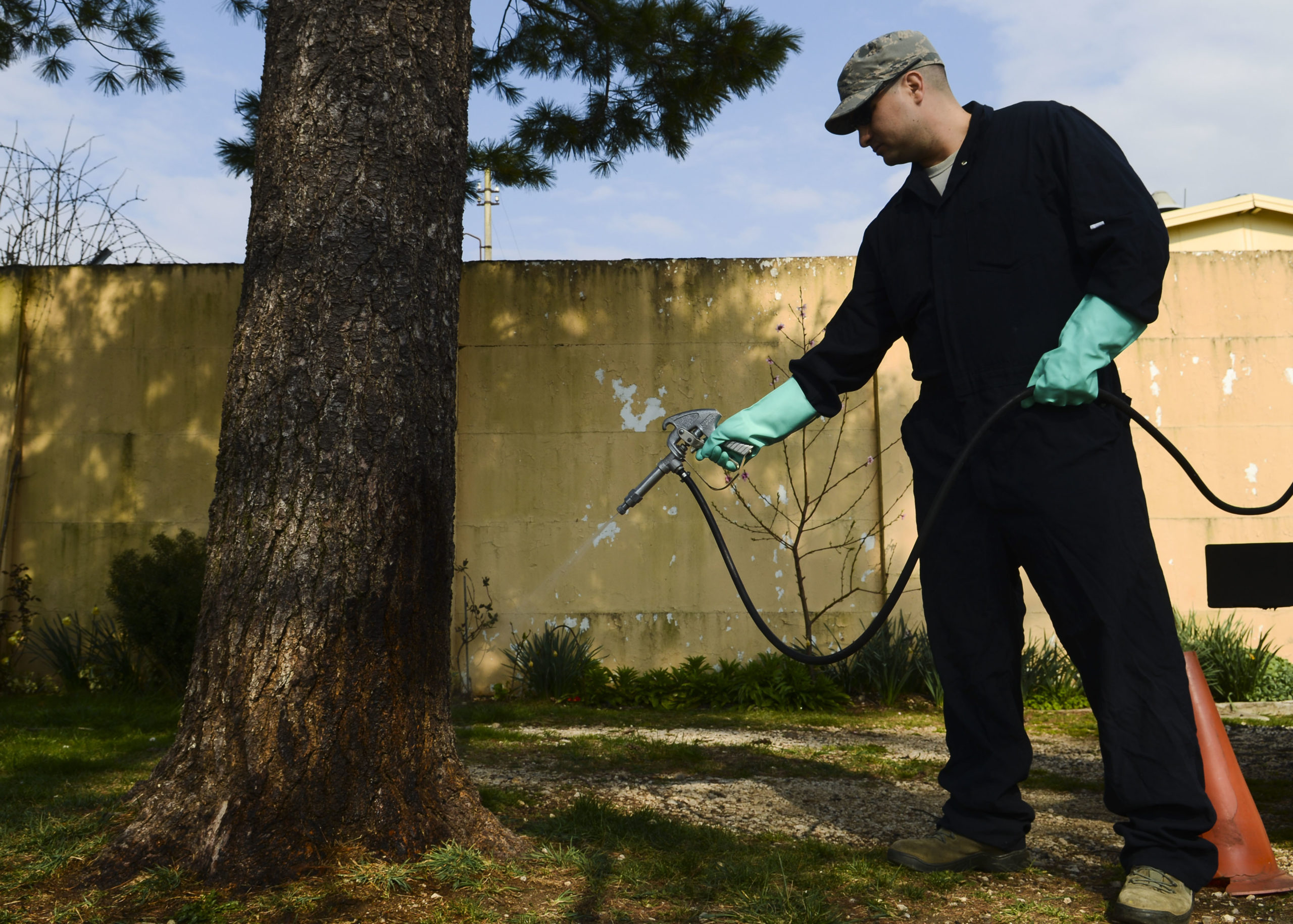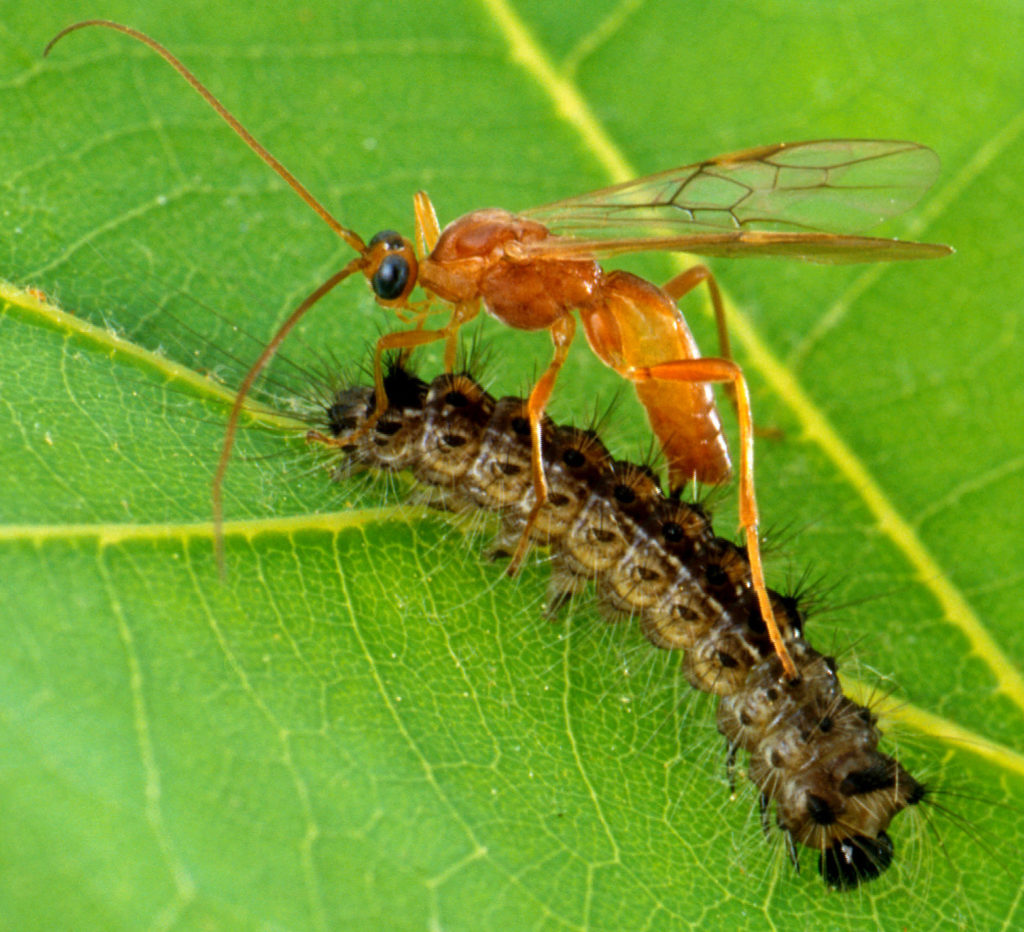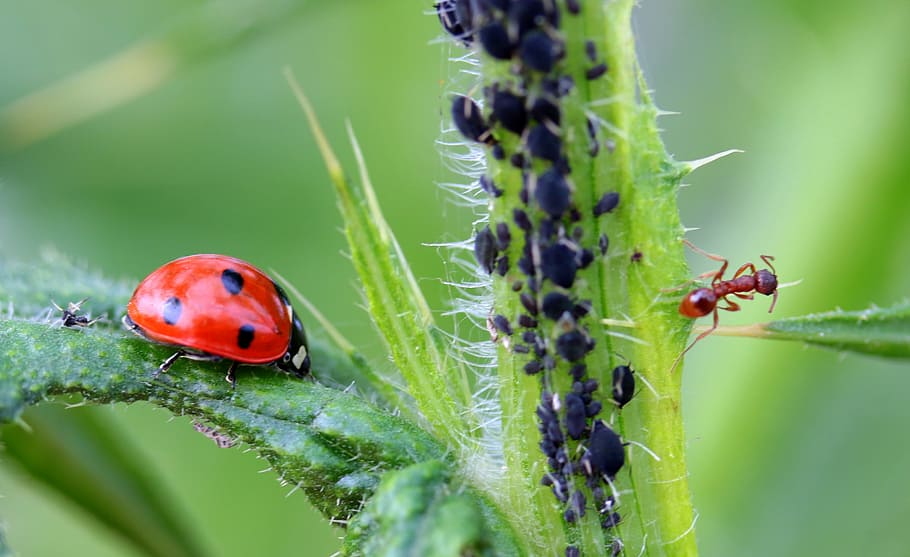Organic Pest Control Tips

To successfully control pests in your vegetable garden, you need to be consistent and use the right methods, whether organically or naturally. When you find your vegetable garden overrun with pests, you need to identify the invader first and then take proactive measures accordingly to protect your vegetable garden. There are many methods for controlling pests; chemicals, minerals, strategic, organic pest control, and natural pest-controlling methods are a few of those. There is a fair difference between natural and organic pest control methods.
Let’s learn about the different controlling pests and maintain a healthy and happy garden. These organic home gardening pest control tips will help you a lot.
- Spinosad- this can be used safely on your vegetables and fruit plants. Spinosad is a soil-based bacterium used to kill pests like bagworms, beetles, borers, spider mites, loopers, and tent caterpillars. The insects that ingest spinosad dies once it dries. This reduces the chances of harming other good insects and bees when sprayed in the air while inactive. Spinosad comes in liquid and dust forms in different brands.
- Rotenone- Rotenone is also an organic pest killer that is moderately toxic to other mammals and is found in stems and seeds of certain plants. Rotenone is toxic to fish; therefore, use it carefully near ponds and lakes. This kills beetles, caterpillars, thrips, and aphids on fruits and vegetable crops. This chemical acts slowly and therefore needs a few days to work.

- Pyrethrin- this is one of the most-used insecticides in the USA. It is sourced from the chrysanthemum plant. This pesticide is not toxic to mammals, making for a safe choice. This fast-acting chemical is very powerful; low doses are enough. When used, most flying insects will drop immediately upon exposure. This may not ensure the death of insects; therefore, you can mix in other powerful pesticides along.
- BT- caterpillars are cute, but they can be havoc on leafy crops. BT stands for Bacillus thuringiensis, a natural bacteria that make a pest sick when ingested. Spray this on your vegetable cops with caterpillars, and this will die. This is a safe and organic pesticide and only harms when ingested. It is safe for preserving beneficial plant insects.
- Neem oil is a very common pesticide extracted from an Asian tree. It inhibits the natural growth cycle of insects. It has azadirachtin, which makes the infected insects eat less and grow slowly, and, at the same time, molt less. If you have minor pest infestations, neem oil is a good option. You can reduce the growth of pests in your garden. Neem oils work great on younger insects and insects that grow very past, like squash bugs, Mexican bean beetles, and Colorado potato beetles.

- Diatomaceous Earth- if you do not want to use chemicals like, albeit organic, on your crops, you can consider diatomaceous earth sprinkles in your vegetable garden bed. This powder of fossilized diatoms is a part of the algae group. Diatoms have hard skeletons. When the insects contact the powder, the sharp edges cut through their body, and they die because of dehydration within two weeks. Therefore, the powder particle is small and will not cut through pets and humans. It should be used dey and not wet. It can be used to target indoor bugs, like cutworms, Japanese beetles, ticks, flies, slugs, crickets, and others. It may also kill healthy plant insects; therefore, be careful.
- Minerals- some minerals can be used as pesticides. Sulfur can be used in solid, wet, or paste form to control psyllids, thrips, and mites. You can use it on potatoes, beans, peas, and tomato crops. This is not toxic for humans but can irritate eyes and skin. If used regularly, it can also damage plants in dry weather with a temperature rising above 90 degrees F and is also not compatible with other pesticides. One more mineral pesticide is the Bordeaux mixture, which is also organic and targets insects on vegetable crops. It can also damage plant leaves if used in wet and cool weather. This pesticide is a mixture of calcium hydroxide and copper sulfate.
- Good beneficial insects- not all the insects are harmful or destructive to the crops. Some insects can be very beneficial for the plants, and they feed on other pests that harm the crops. You would want such beneficial insects in your vegetable garden as lacewings, ladybugs, lady beetles, ground beetles, parasitic wasp, and praying mantis are some of them. To attracts these insects in your garden, you should plant these plants around the border of your gardens like mountain mints, cauliflowers, fennel, ornamental grasses, corn, pussy willow, and golden marguerite.

- The companion planting technique is one of the garden techniques where different plants are planted in proximity to another plant fr control pests, increase productivity, maximize space, and pollinate. Crops provide a natural habitat for insects that feed on other insects inhabiting nearby crops. Some options are carrots can be protected by leeks, mice repel daffodils, radishes can be protected by earth flies if planted near lettuce, castor beans repel moles, and onions repel rabbits.
- Trap crops- nobody wants pests to be attracted to their vegetable garden and destroy their crops. But why not use this theory to attract unwanted pests to keep them away from your crops. Traps crops are great for pests control; they attract pests, saving your crop. You can intersperse trap crops with other crops or plant them around the garden perimeter. These should be planted before other crops to attract flying insects and avoid them from landing on bare soil.






